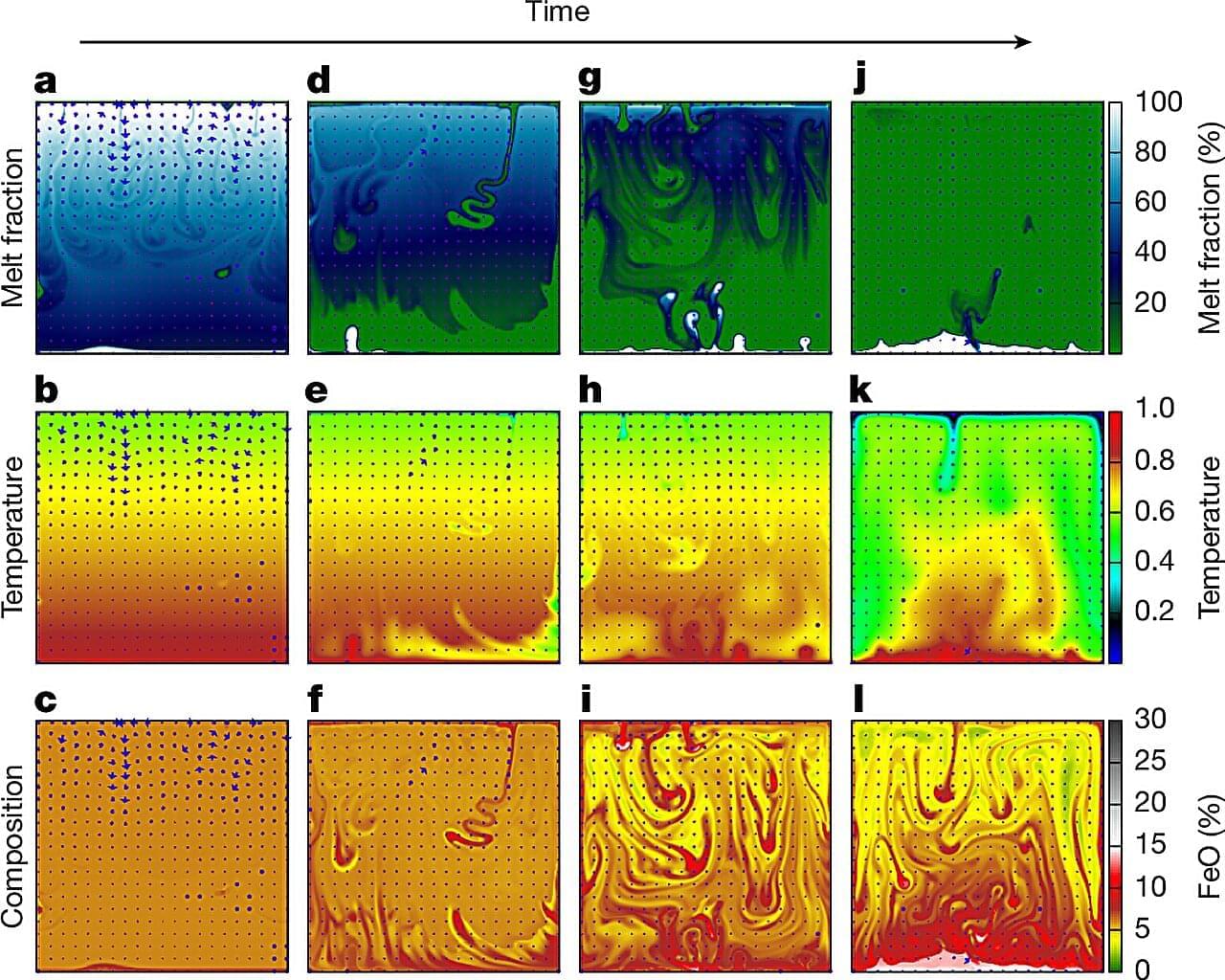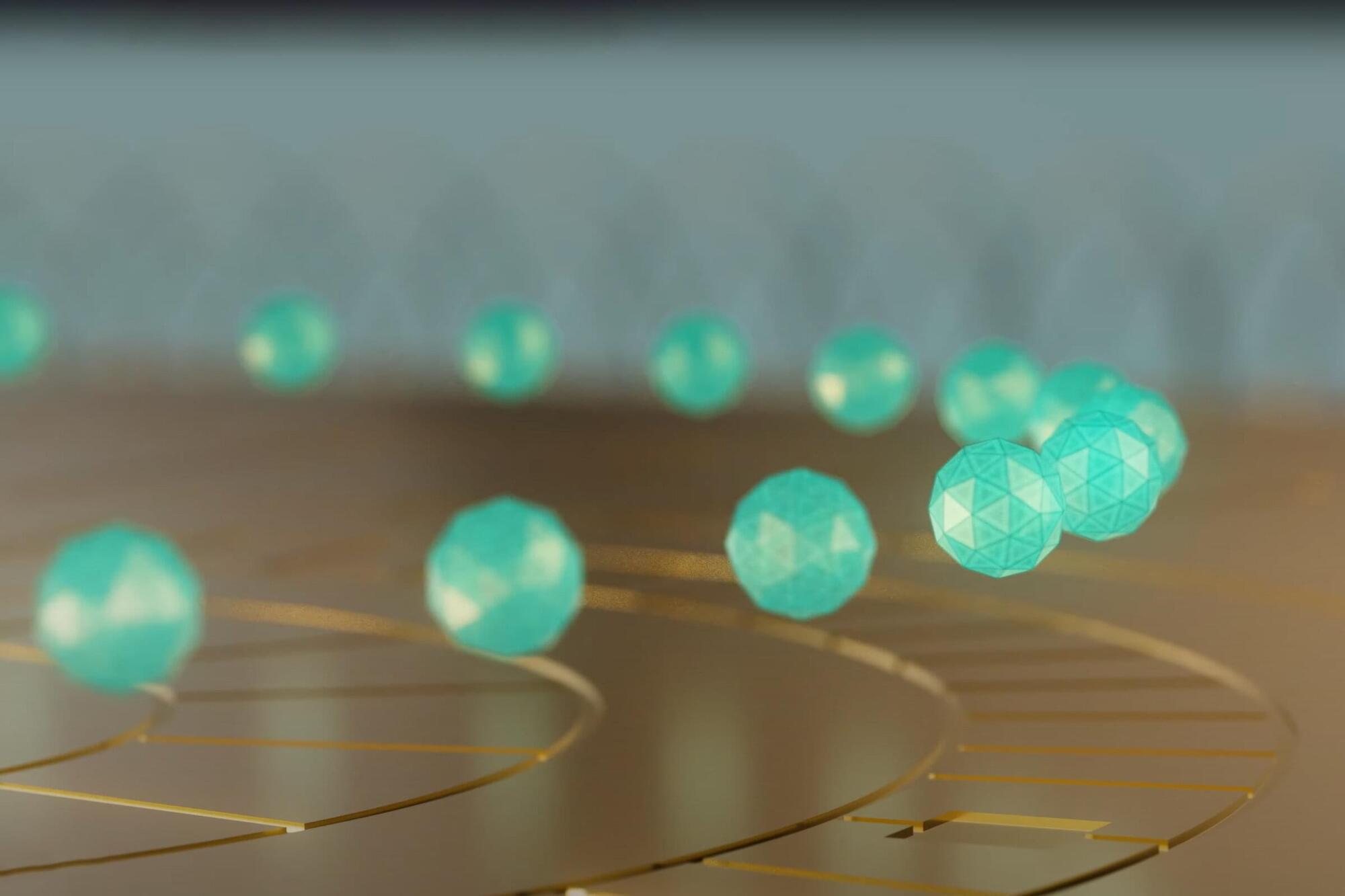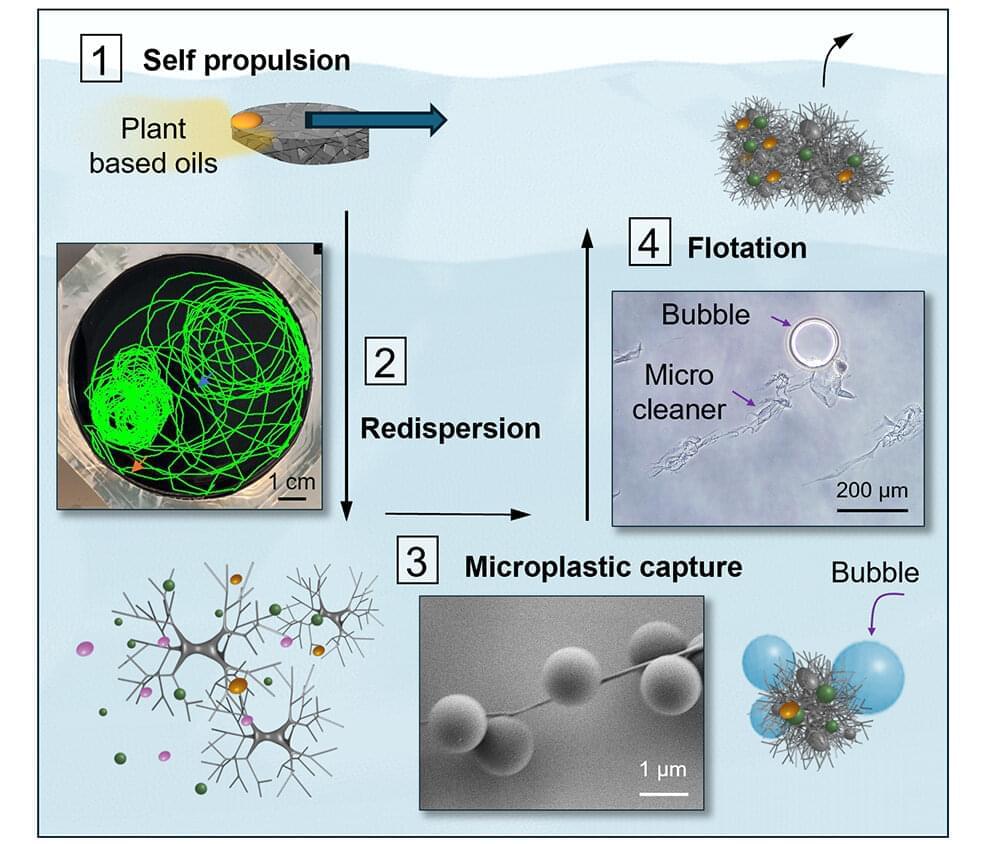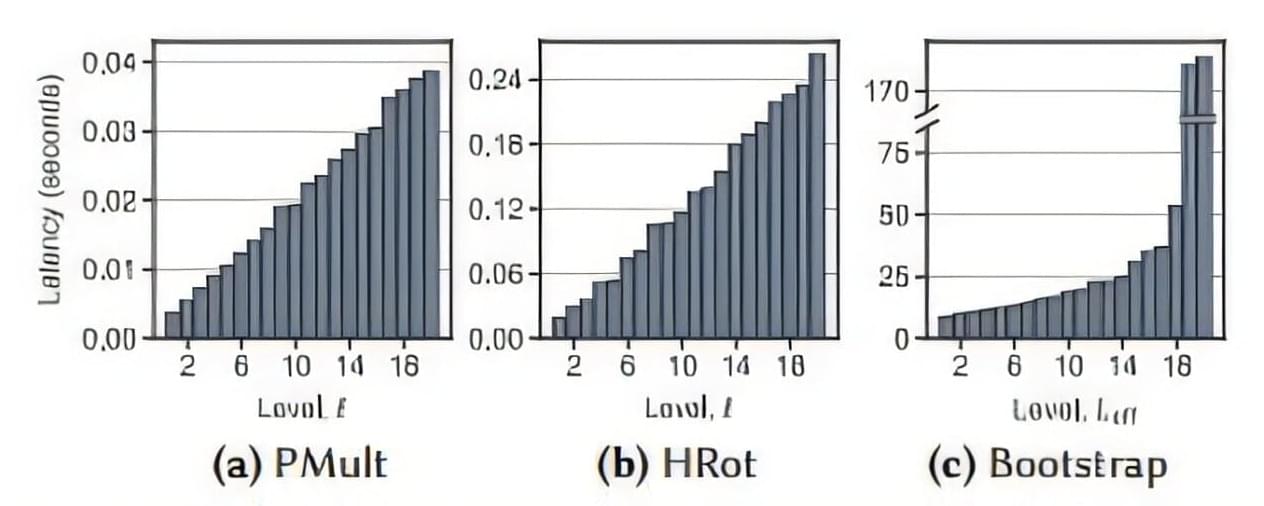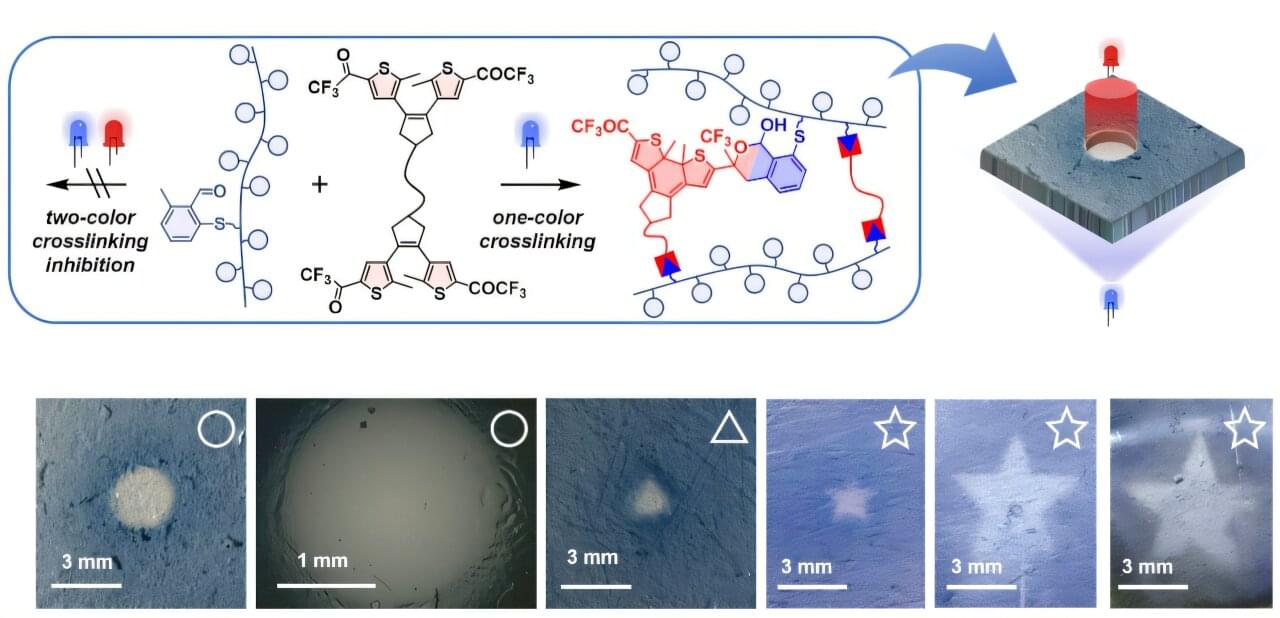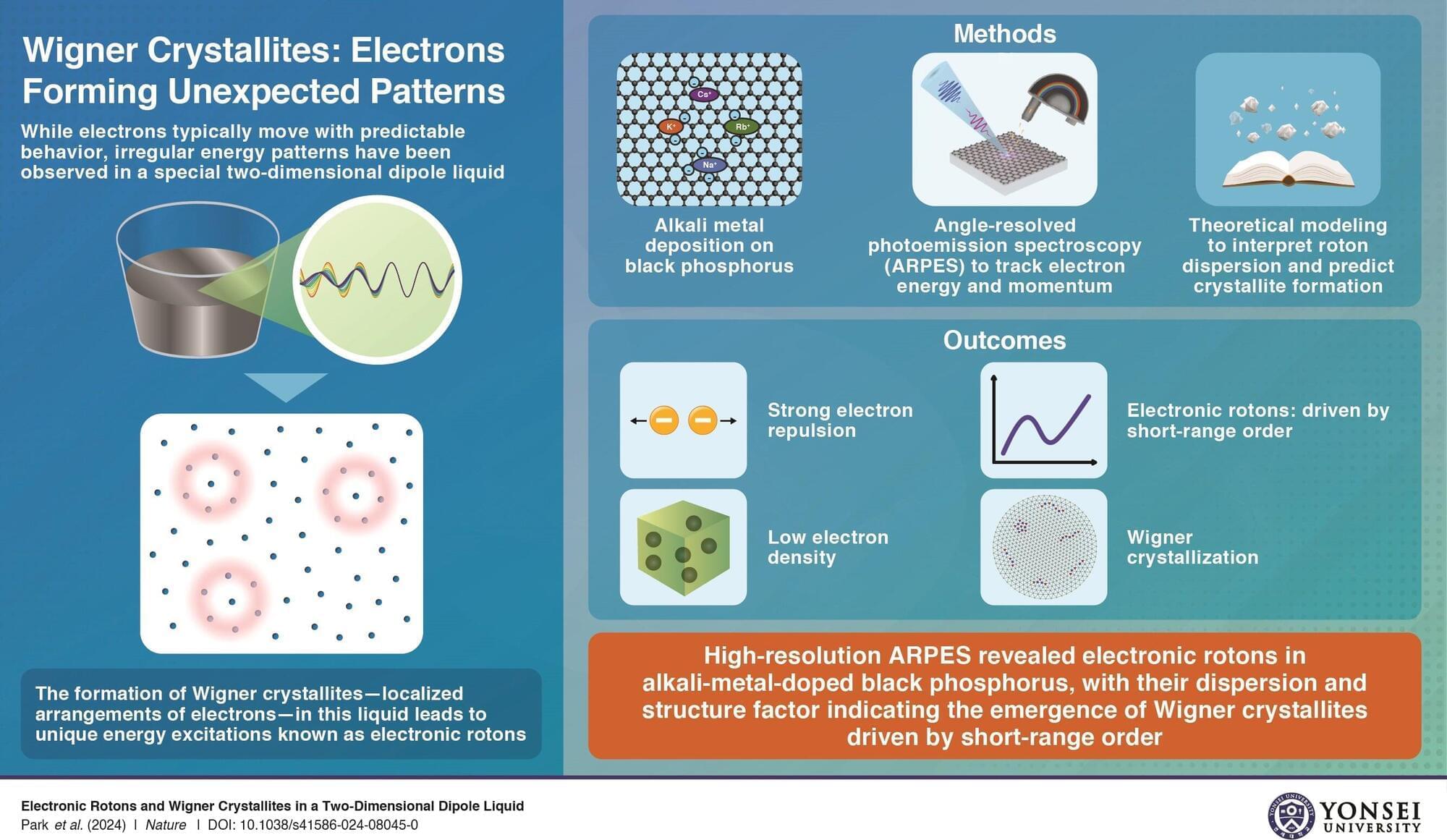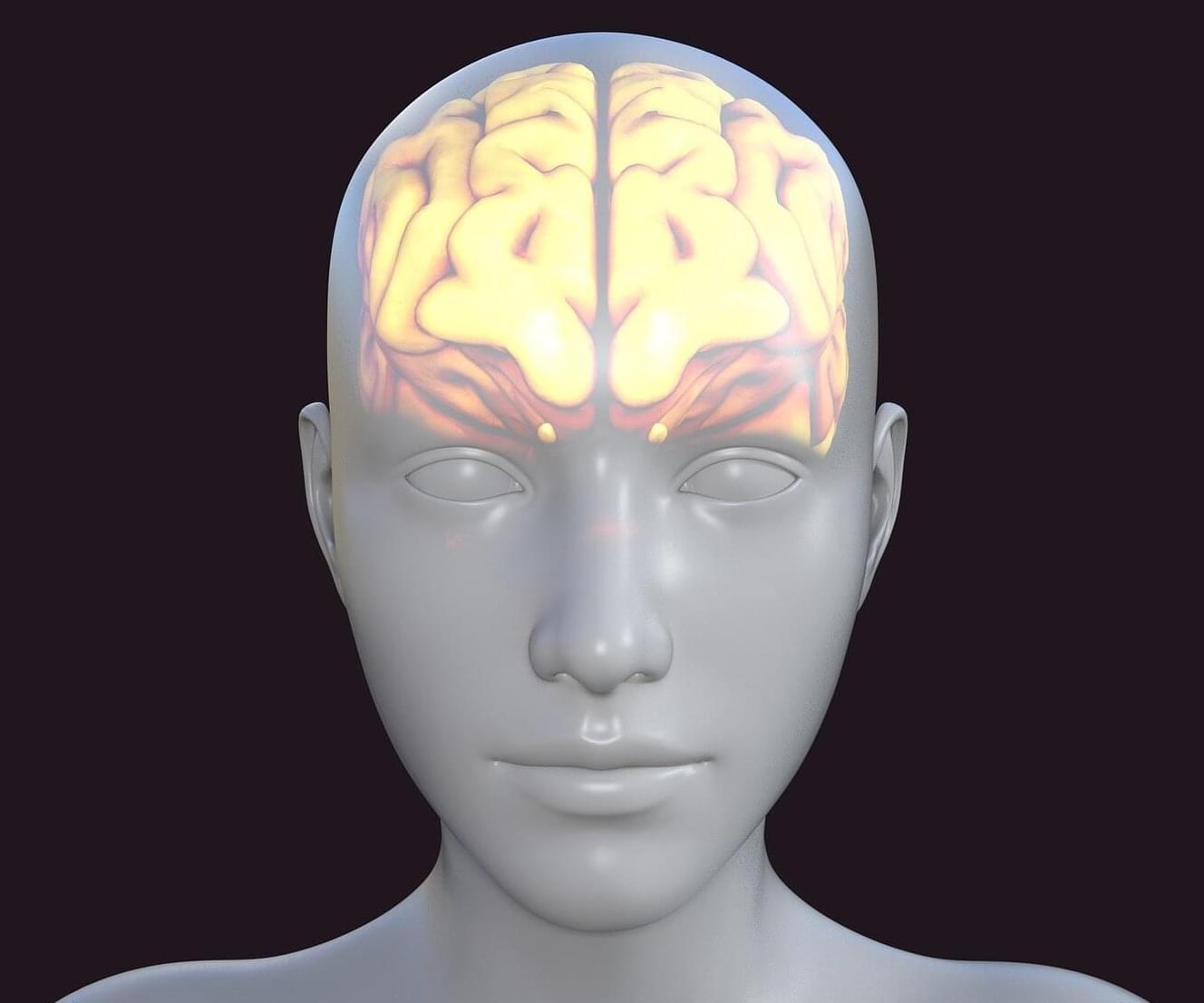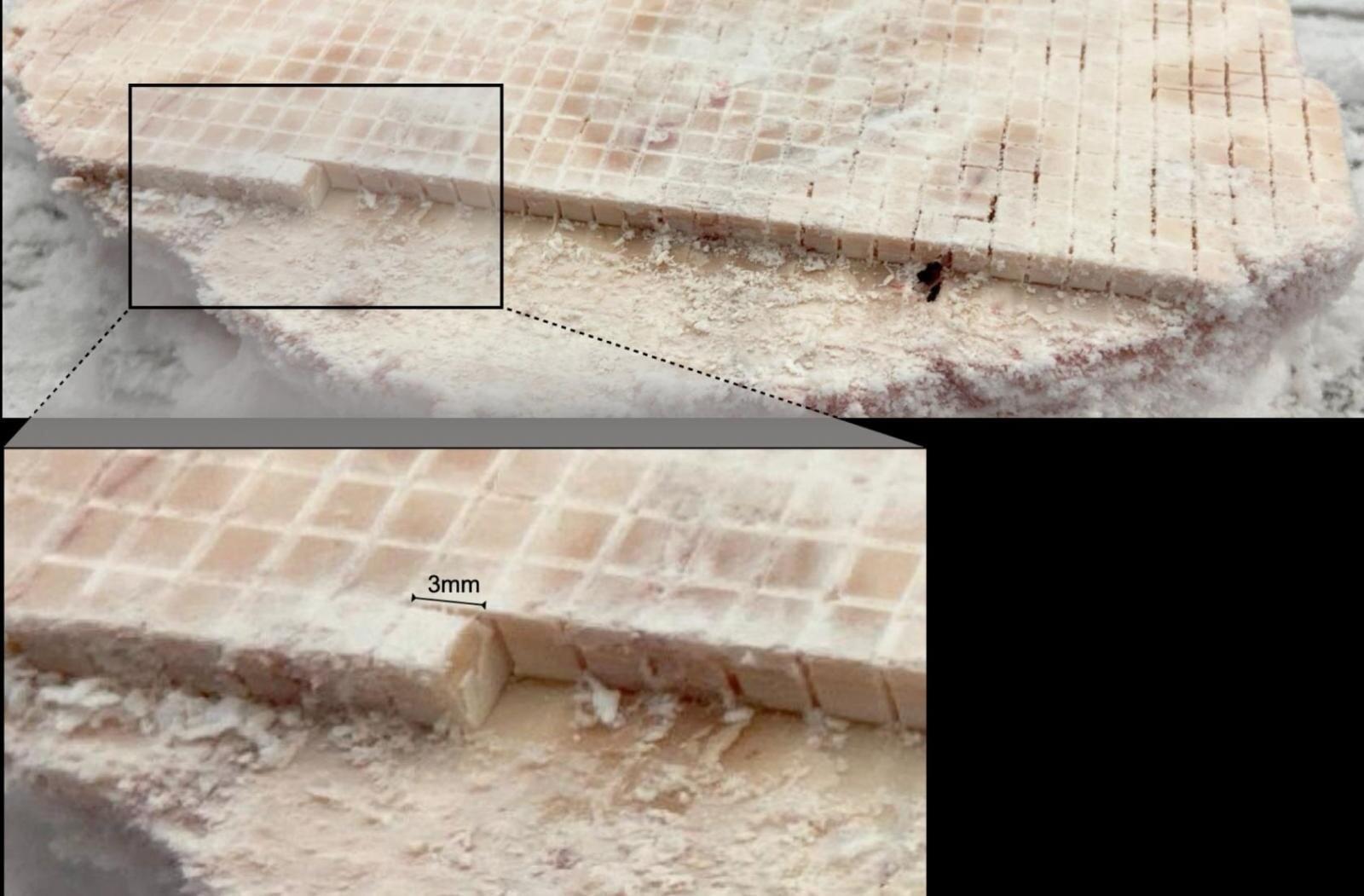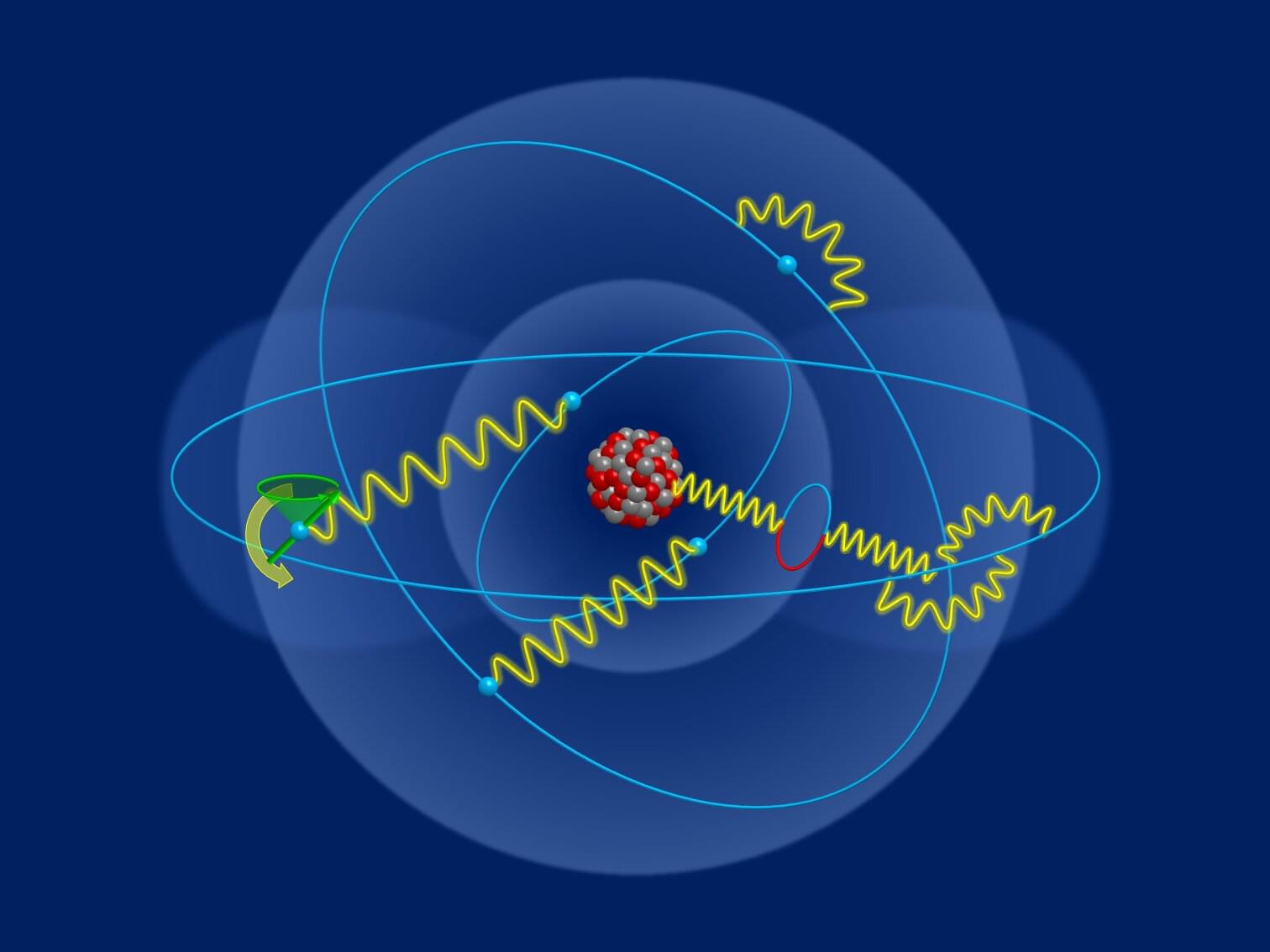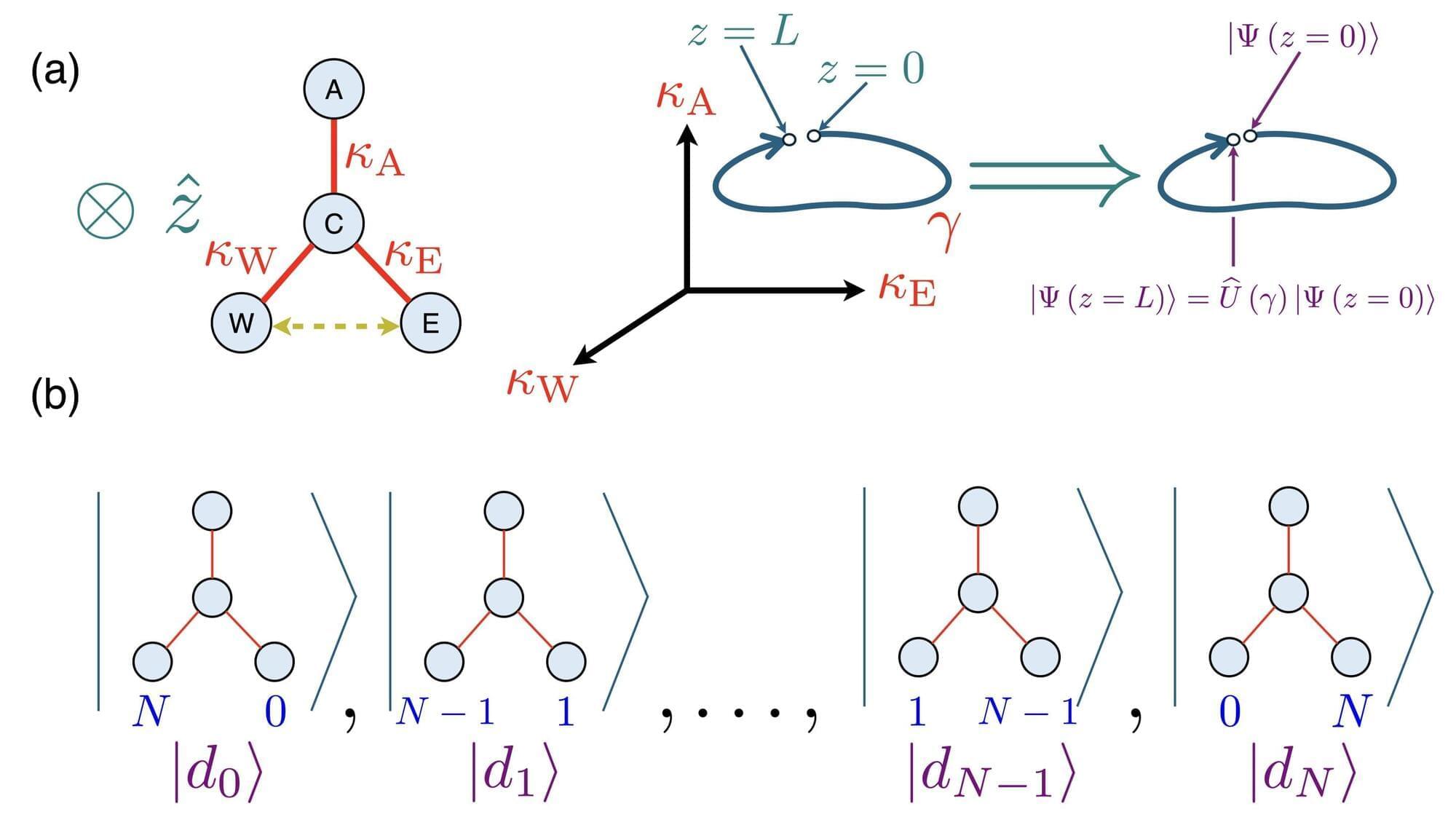New research led by a York University professor sheds light on the earliest days of Earth’s formation and potentially calls into question some earlier assumptions in planetary science about the early years of rocky planets. Establishing a direct link between Earth’s interior dynamics occurring within the first 100 million years of its history and its present-day structure, the work is one of the first in the field to combine fluid mechanics with chemistry to better understand Earth’s early evolution.
The study is published in the journal Nature.
“This study is the first to demonstrate, using a physical model, that the first-order features of Earth’s lower mantle structure were established four billion years ago, very soon after the planet came into existence,” says lead author Faculty of Science Assistant Professor Charles-Édouard Boukaré in the Department of Physics and Astronomy at York.
